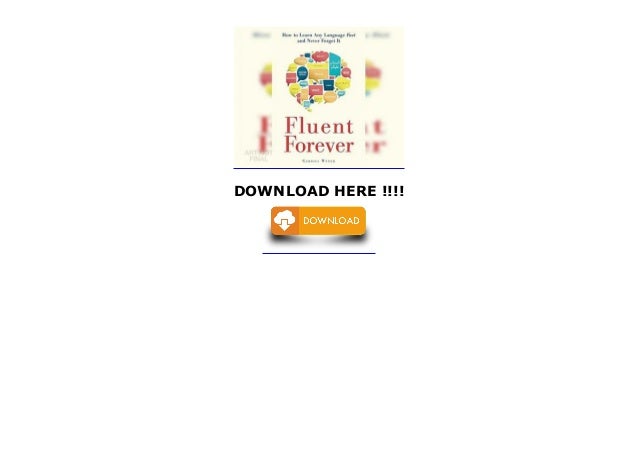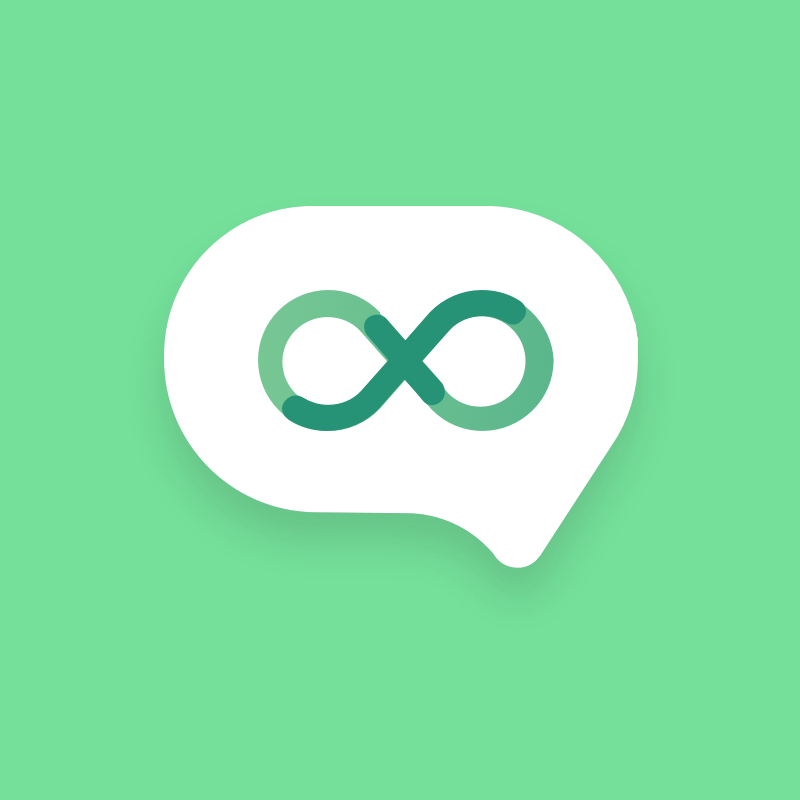
I have trained people in my environment and they have improved enormously. I thought I had bad recall, but the fact is that I did not know about the memory. This is where the idea of "comprehensible input" comes into it, see: There's also the fact that, as a language learner, the context itself often isn't understood very well (or at all), which makes the natural process even slower. But when you have an explicit goal, you're more likely to be compelled to want the mental shortcut/jumpstart that a translation provides. intuitive) in a new language too, which is why there is an emphasis on immersion/input in most language-learning circles/ideologies. This is required, to some degree, to become fluent (i.e. Unless you feel compelled enough to look at a dictionary or ask someone for a definition (which is basically equivalent to looking at a translation in the language-learning context), you often just live with an incomplete mental model, until it becomes gradually refined from repeatedly hearing/seeing the word in context. In your native language you don't (generally) have a specific goal to learn that word. Then perhaps getting one wrong should also prompt a test of the other, or indeed maybe it should delay the test of the other? Who knows. But if an SRS system were recommended by and developed by a national curriculum, I suspect it could be a lot cleverer and more efficient.Īs one example, consider if you had to learn the translations of 2 words.

Part of this is due to the lack of data - and the privacy concerns that would accompany Anki harvesting it all and feeding it to a machine learning system. One person probably doesn't have enough data to know what would be most efficient, so they guess, or stay with the defaults. But presumably those settings can be tuned for a individual, a subject, or even a card. Anki allows you to customise many aspects of when cards are shown. There's a lot going on, on this screen, so you'll need to scroll down to see all the available options.I have used Anki productively, I think it's a great tool, and should be a component of learning in many fields.īut I can't help but think it could be a lot better, a lot more efficient, perhaps even 2x more. That takes you to the Layout screen, shown below. To create a new Layout, use the New button. It brings you to the Layouts screen, shown below. To view all the Layouts in a deck, and create or edit existing layouts, use the "Layouts" menu item on the Deck screen. Be forewarned: creating and editing layouts requires knowledge of HTML and CSS, so if you don't know what those terms mean, you may find the Layout screen confusing. The Layouts option on the Deck screen menu will show you all of the Layouts in your current deck, and allow you to create or edit new ones. How do you view, create, and edit Layouts? Every deck you create comes with a Layout called "Front-to-Back" and one called "Back-to-Front".īy default, the Front-to-Back layout is selected, but you can change that in the layouts section of the deck screen (see screenshot above).


Because this case is so common, it's built right in to AnkiApp. The most common use for layouts is to create one set of flashcards that presents your information Front-to-Back, and one set that presents the same information, but Back-to-Front.

Layouts are an advanced feature that allows you to create multiple cards based on the same information, but presented in different ways.


 0 kommentar(er)
0 kommentar(er)
